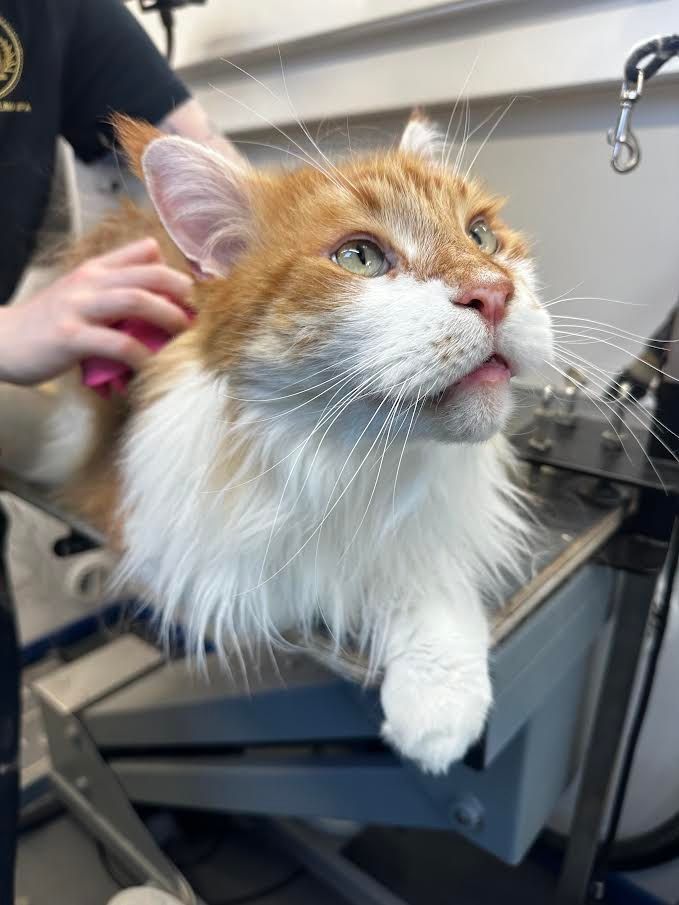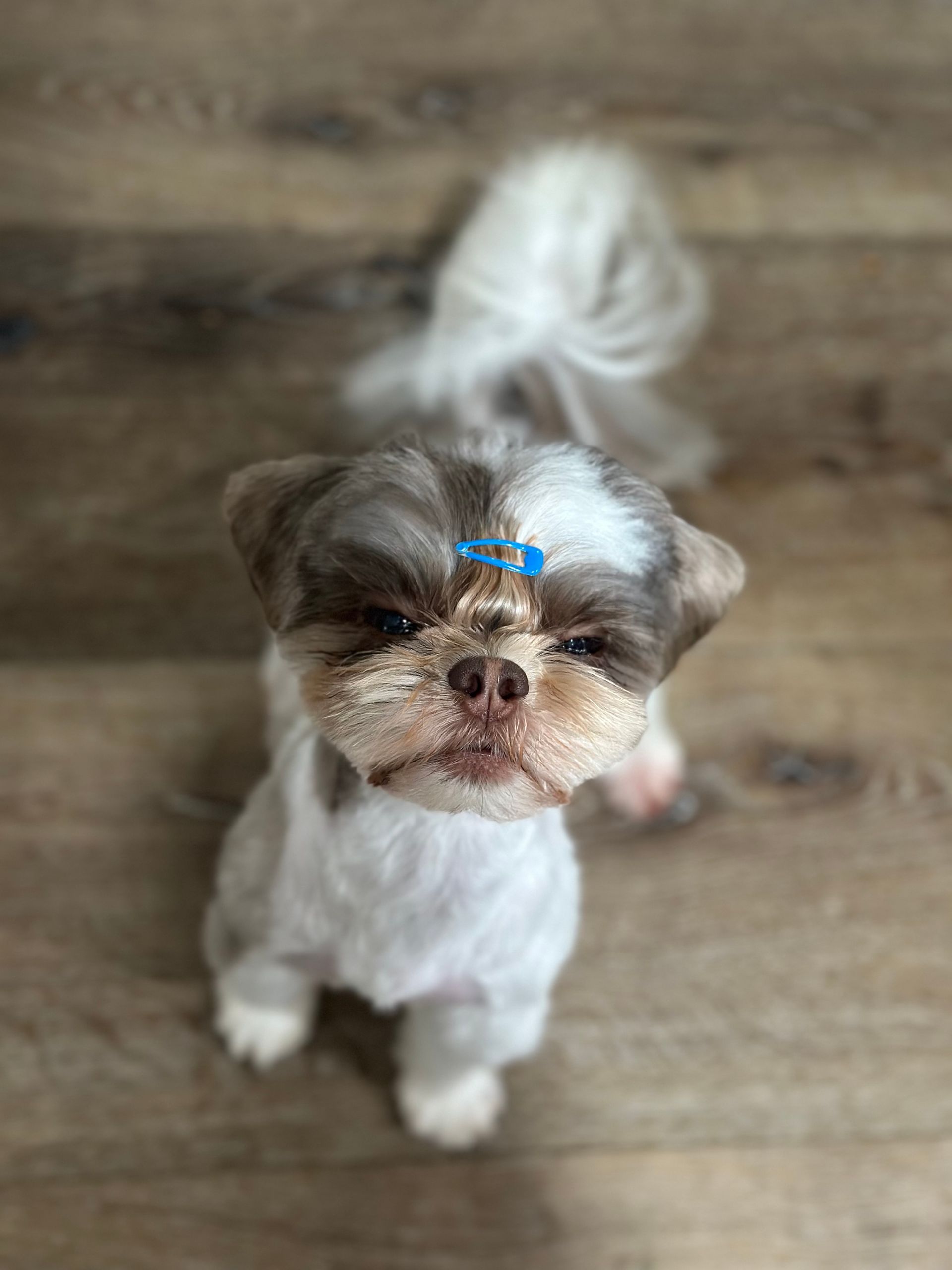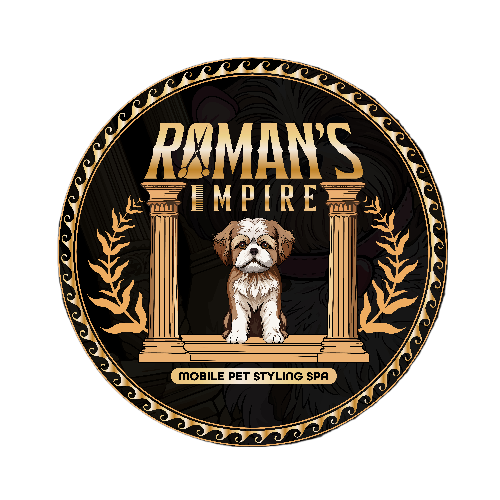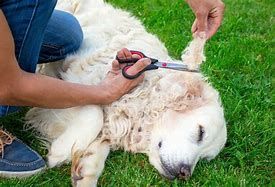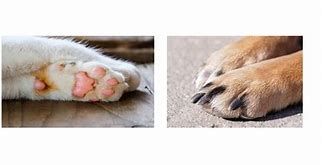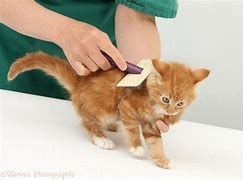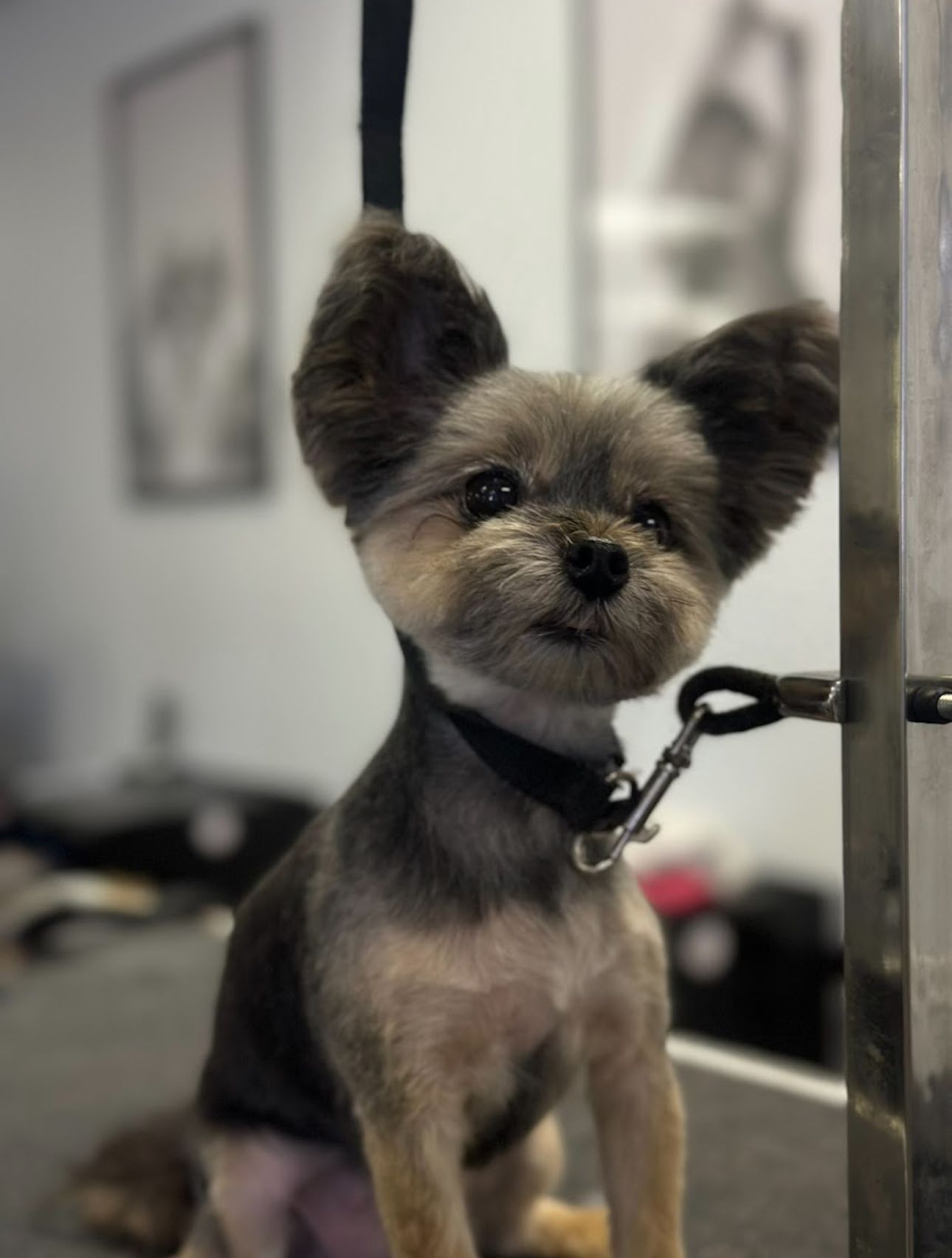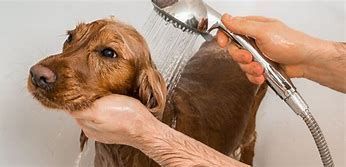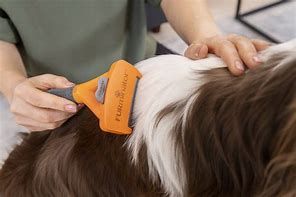Why Hand Scissoring Double Coated Dogs Can Be as Damaging Shaving
What Happens When You Shave a Double Coated Dog?
Shaving a double coated dog may seem like a quick fix, especially in hot weather or during shedding seasons. But it comes with significant risks—both immediate and long-term—that many owners don’t realize.
Immediate risks include:
- Overheating: Without their natural insulation, dogs lose their ability to regulate body temperature properly. This can lead to heat stress or heatstroke, especially in sunny or warm climates.
- Sunburn and skin irritation: The protective guard hairs shield skin from UV rays and environmental irritants. Shaving exposes sensitive skin to sunburn, rashes, and potential infections.
- Vulnerability to parasites: Without the natural barrier of the coat, dogs are more susceptible to insect bites and skin parasites like ticks and fleas.
Long-term consequences can be even more damaging:
- Patchy or thin regrowth: After shaving, the undercoat often grows back in an uneven, patchy, or sparse way, sometimes never fully recovering. This is especially true for breeds like Huskies, Pomeranians, and German Shepherds.
- Texture changes: The new coat may grow back coarse, wooly, or frizzy instead of soft and protective. This potentially permanent change is difficult or impossible to reverse.
- Alopecia: Repeated or improper shaving can cause hair loss due to follicle damage or chronic skin inflammation.
- Psychological impact: Some dogs may become stressed or fearful of grooming after a bad shaving experience.
See why furminators aren't in our tool box--and shouldn't be in yours.
Sometimes It Seems Fine—Until It Doesn’t
It’s true that some dogs appear to tolerate shaving without obvious problems initially. However, the damage often catches up over time.
Owners may notice:
- Coat thinning or patchiness months later
- Dogs overheating more easily in warm weather
- Increased skin issues or irritations
- Changes in coat texture with each regrowth cycle
Because the damage is cumulative and often irreversible, it’s best to avoid shaving altogether unless absolutely necessary for medical reasons—and even then, only under professional guidance.
If you want your double coated dog to stay healthy, comfortable, and looking regal, trust a groomer who respects the biology of the coat and prioritizes its long-term integrity.
But It’s Not Shaved—It’s Just Trimmed!
We hear this a lot in regard to a damaging request:
“Just hand-scissor!”
Unfortunately, when it comes to double coated breeds, the distinction between shaving and trimming is mostly semantics when it's done incorrectly.
Whether you're using clippers or scissors, cutting into the undercoat of a double coated dog is just as damaging as shaving. And here's why.
What Is a Double Coat, and Why Does It Matter?
Double coated dogs have two distinct layers of fur:
- A soft, insulating undercoat that sheds seasonally.
- Stiff outer guard hairs that protect the skin and repel dirt and water.
These two layers work together to help regulate temperature, protect against sunburn and bug bites, and even prevent minor abrasions or skin injuries.
When you cut into that structure—especially the undercoat—you disrupt a delicate, biologically designed system. The result?
- Overheating in summer
- Patchy, sparse regrowth (if any regrows at all)
- Texture changes (from straight to frizzy or wooly)
- Potentially permanent coat damage, including alopecia
Not All Double Coats Are the Same
There’s a lot of confusion around which breeds are double coated — and more importantly, what those coats are meant to do.
Yorkies, for example, have a single drop coat made of hair, not fur. Their coat grows continuously and is not designed for insulation, which is why clipping or shaving them poses no harm.
Shih Tzus and Lhasa Apsos are technically double coated, but their coats do not serve a temperature regulation function. Their dense coat provides protection, but not the same seasonal insulation as true working or Northern breeds.
Cavalier King Charles Spaniel is frequently mistaken for being double coated--however, has a single, silky coat.
True temperature-regulating double coats are found in breeds like:
- Huskies
- Pomeranians
- German Shepherds
- Golden Retrievers
These coats are biologically designed to keep dogs cool in summer and warm in winter through a natural shedding cycle. Trimming or shaving into these coats — whether with clippers or scissors — disrupts this system and can cause permanent coat damage, overheating, or skin issues.
Trimming the Guard Hairs vs. Cutting the Undercoat
There is a difference between tidying the outline or trimming a few guard hairs for neatness and actually cutting into the undercoat.
Once you trim below the guard hairs and into that undercoat — especially with heavy scissoring — you’re functionally doing the same thing as a shave. The damage is not always immediate, but it adds up over time. In some cases, especially in older dogs or those with underlying conditions, it only takes one incorrect cut to cause irreversible coat changes.
But I Want My Dog to Look Neat!
A skilled groomer can give your dog a clean, beautiful silhouette without compromising coat integrity. That’s why education and experience matter.
At Roman’s Empire, we:
- Work with the coat’s natural structure
- Prioritize long-term coat health over temporary aesthetics
- Never clip or scissor into a double coat unless medically necessary
- Educate owners so they can make informed decisions about grooming
What Kind of Haircuts Can Double Coated Dogs Get?
Contrary to popular belief, many double coated breeds aren’t supposed to be completely untouched. They can—and often should—have what's called an outline trim to neaten their appearance and improve hygiene. These trims keep the coat functional while maintaining the protective structure of the double coat.
Outline trims may include:
- Feet: trimming excess fur growing out over the paw pads (helps with traction and cleanliness)
- Butt feathers: trimming the rear to reduce cling-ons and keep the area hygienic
- Leg feathers: lightly tidying long feathers for a more manageable, neat look
- Underline trim: shaping the belly outline without cutting into the body coat or undercoat
For Pomeranians, they are able to get a full-body hand scissor safely so long as only the guard hairs are trimmed.
For some breeds like the rough coated collie, their breed standard calls for only a feet trim and carding of the ears.
These types of trims are safe, humane, and effective ways to keep your double coated dog looking sharp without compromising their coat health.
Anything more than this—especially trimming down the body or removing bulk from the undercoat—can cause irreversible damage, and is not in the best interest of the dog.
Preserve the Coat, Protect the Dog
Your dog’s coat isn’t just fluff—it’s protection, insulation, and a reflection of health.
Hand scissoring double coated dogs isn't always a safer alternative to shaving—it can be just as harmful if done improperly. Trust your groomer to explain what’s appropriate for your dog’s breed, and if you ever feel unsure, ask us! We’re here to help you understand the “why” behind every decision we make.
Serving the luxury grooming needs of Thousand Oaks, Camarillo, Newbury Park, Westlake Village, Agoura Hills, Calabasas, Oak Park, Moorpark, and Simi Valley.
From Ruff to Regal – Imperial Standards.

